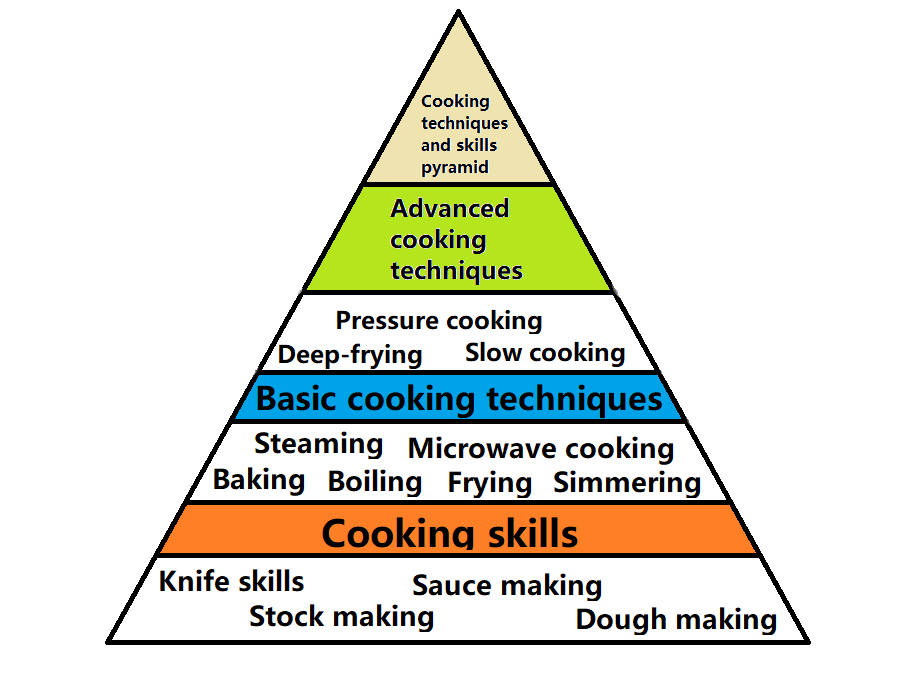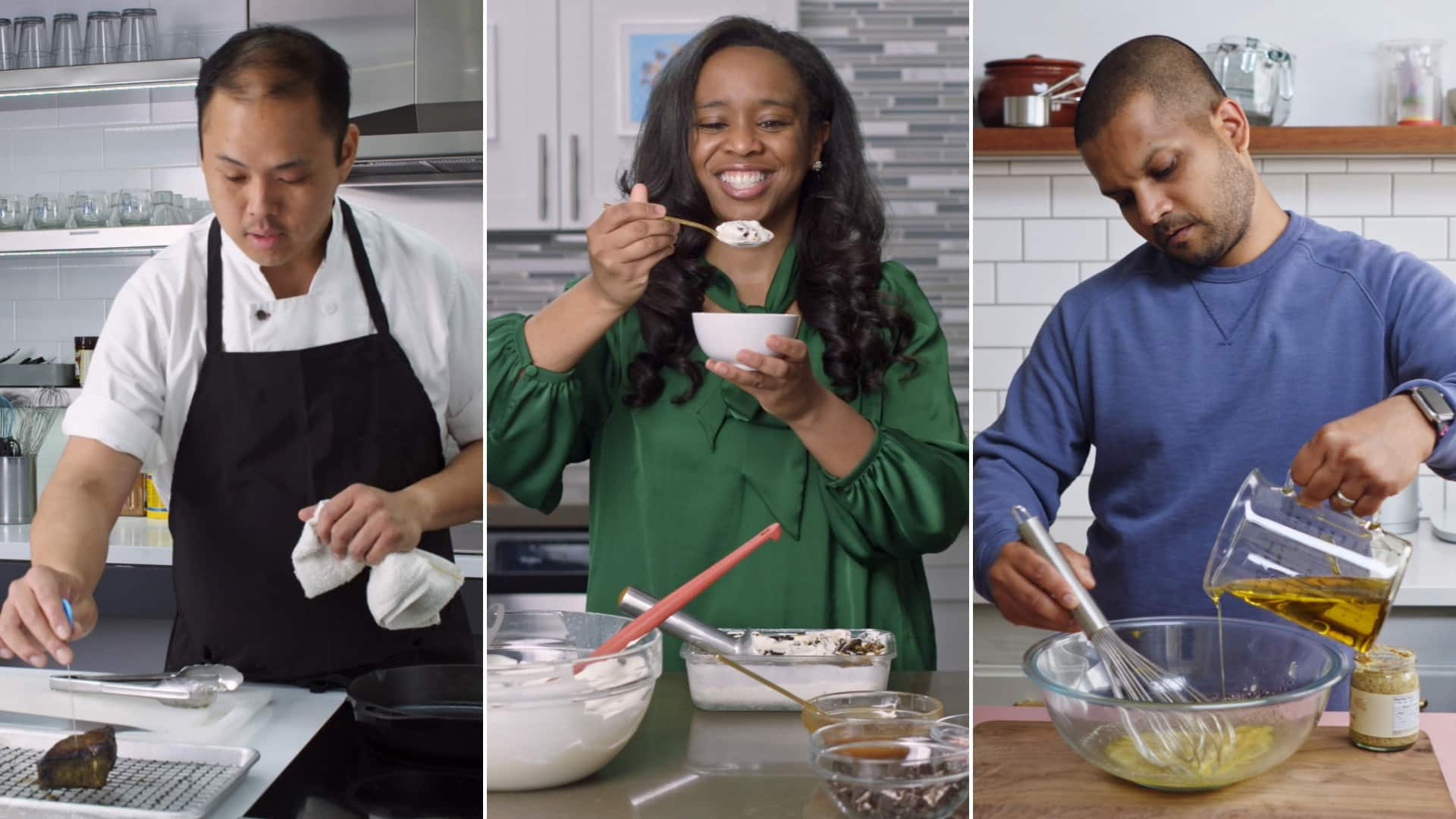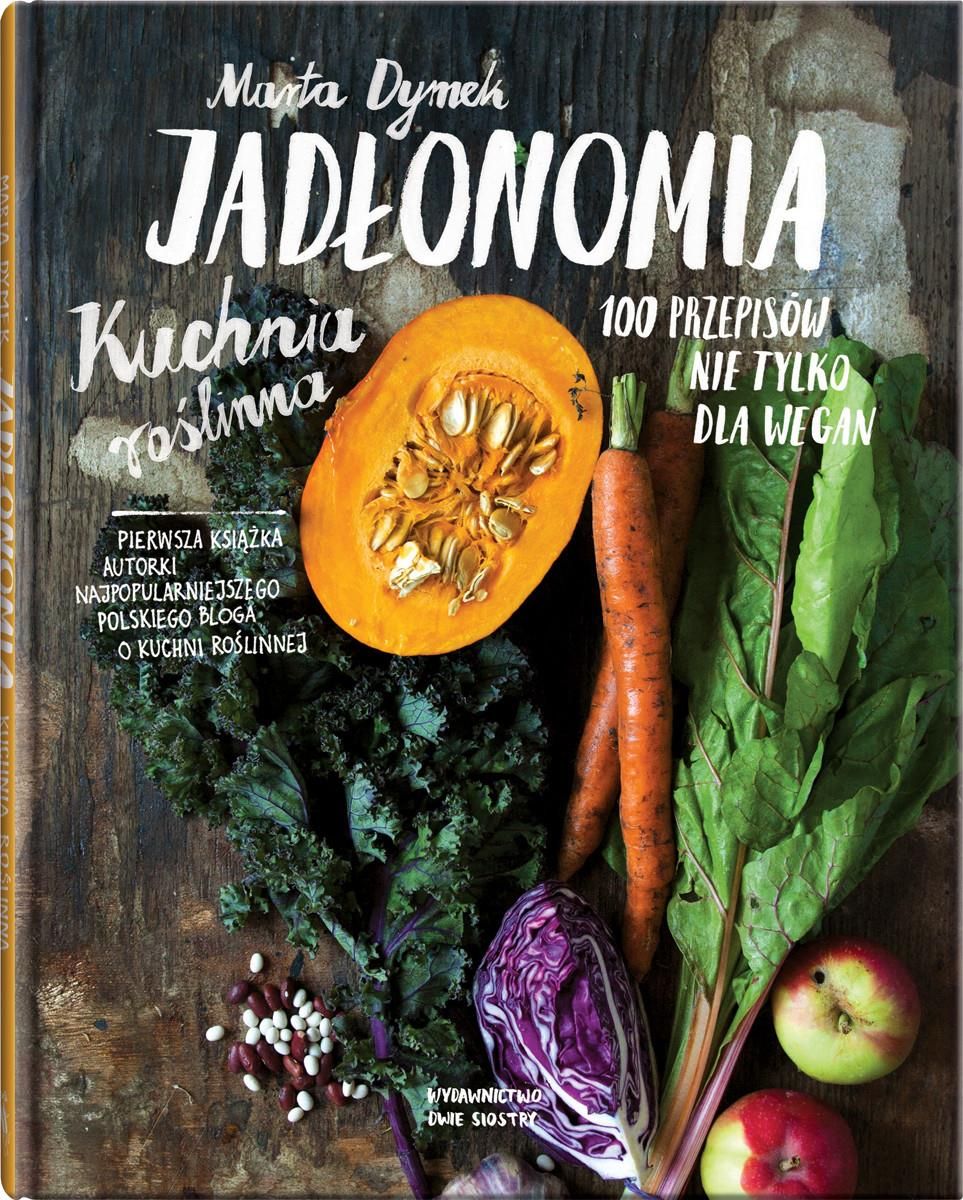
If you are passionate about cooking, then you have probably tried to learn advanced cooking techniques. French and Chinese techniques are two of the most well-known. But what about Japanese and Chinese methods of cooking? You will want to know the best poaching and steaming techniques. Continue reading to find out how these methods work, and why you should learn them. These techniques can be used in your daily cooking. These cooking techniques can be applied to your everyday cooking. Keep an eye out for cookbooks with detailed instructions.
French cooking techniques
French cooking is based on traditional methods. French chefs are well-known for placing everything in its right place and cooking slowly at low temperatures. Confit is a slow method that involves slowly cooking a variety food in fat on a low heat. They also often use alcohol to make sauces. Flambeing is typically used for desserts. However, the alcohol can be poured over food while it's still cooking to enhance its flavor.
Chinese cooking techniques
Traditional Chinese cuisine is full of complex techniques that will make your cooking even more delicious. Stir-frying, which is the process of cooking in a wok coated with oil, is one example of this technique. Stir the food quickly until it has reached the desired texture. This is the best method for small ingredients like noodles and vegetables. Chinese cuisine has many other cooking methods that can produce different results from stir-frying.

French technique of steaming
Steaming is a cooking technique that circulates hot air around food. This allows for the preservation of all its nutrients and prevents it from becoming too fat. Steam is gentler than boiling water and is great for delicate foods. It is quick and easy to cook food this way, with no loss of nutrients or natural color. This technique is well-known in France, where it can be a joy to prepare vegetables and fruits.
Poaching is a Japanese method
The Japanese have perfected the art and technique of slow-cooking fish. This involves sealing food in a plastic bag, and slow cooking at low heat. This creates uniform texture and removes all aromatics. Here are the Japanese ways to poach salmon.
Vietnamese technique of boiling
A traditional Vietnamese method of boiling rice is simple and highly effective. The steaming of food is done in bamboo or metal trays. This method preserves the nutrients and eliminates oil. It can be used to cook seafood and sticky rice. It is especially helpful for vulnerable people living in developing nations who are heavily dependent upon water resources that are not yet improved. However, there are some precautions that should be taken.

FAQ
What does it take to become a chef in the United States? What's the average career path for a chef?
A chef's career takes about five years. During this time, you will study basic cooking techniques and gain experience working as a kitchen assistant. After your training is complete, you will be eligible to apply for a job as a sous chef, executive chef, or line cook. The salary range for a chef is between $25,000 to $60,000 per annum.
What is the best way to learn to cook?
Cooking can be something everyone should master. You will miss out on great meals if you don't learn how to cook. The first thing you need to do when learning to cook is to find a recipe that you like and follow it closely. The next step is to practice making small modifications to the recipe until it becomes second nature. You can also try cooking for other people. This will help you improve at cooking and also allow you to test your skills.
How do I get hired to cook?
You can get a job as a cook through word of mouth. Your friends and family members might know of a restaurant that needs additional staff. Restaurants often post openings on websites and bulletin boards.
Which is the best method to store leftovers?
Tupperware containers are great for storing leftovers. These containers keep food fresh and prevent odors forming. They also keep foods warm longer. Remaining food can be frozen in freezer bag. You can freeze leftover food by placing it in another freezer bag. This will prevent any air from escaping. Once the food is frozen place it in an airtight container, such as a zip lock bag.
Is there any difference between a chef or a cook.
A chef prepares food to be served to others. A cook prepares the food for oneself. Although both jobs require you to prepare food, a chef is more involved in serving customers. This means they may have to decide what to serve guests based on their preferences. A cook does not interact with customers. Instead, they ensure that the food tastes delicious before they serve it to others.
How do I motivate to cook?
When you cook with your family and friends, cooking is enjoyable. Cooking for one is easier than cooking for another. You can be inspired to cook if you try something new. You'll learn new techniques, and you'll be inspired to cook. Additionally, you can learn about new ingredients and techniques by incorporating recipes from different cultures into your cooking.
How do I learn to cook like a professional?
Cooking is one of the best ways to become a better person. Being able to cook healthy food is a great skill to improve self-confidence. Learn how to cook healthy food at home. The first step is to find out what kind of recipes you like. Next, study books about different foods like Chinese, Mexican and Italian. Finally, you can practice cooking different dishes until your skills are perfect.
Statistics
- According to the BLS, chefs earn $58,740 a year. (learnhowtobecome.org)
- In the United States, the category is estimated at $23.2 billion annually and is growing faster than the market. (washingtonpost.com)
- You'll be amazed that over 90% of CIA students receive scholarships and grants to finish their culinary studies. (ischoolconnect.com)
External Links
How To
How to make a perfect Omelette
Omelets are one of my favorite foods to eat at breakfast. But how do they turn out so perfectly? I've tried many different methods and recipes, but none of them seem to work! Today, I'd like to share some tips with you in order to make delicious and fluffy omelets every day.
It is important to know that eggs can be temperamental when making omelets. Eggs must be purchased fresh, preferably organic, and kept chilled until ready for cooking. If they are not kept cold enough, the whites won’t form properly. The yolks will also break down too quickly and become runny. This can make your omelets look bizarrely colored. If you intend to cook your eggs immediately, it's best to use room-temperature egg.
You might also try separating the egg before adding to the pan. Because this could cause your omelet to become curdled, you don't want any yolk to be mixed with any white.
The egg can burn if it is placed directly on the stovetop. Instead, heat the egg in a microwave for 10 seconds and then place it in a pan. The microwave heat cooks the eggs just right without overcooking them.
Next, let us talk about how to mix the eggs. Mixing eggs together is important. You need to beat them well. To do this, take the bowl from the mixer and flip it upside-down. Then, vigorously shake the bowl. This allows the air to be whipped and the egg to be mixed thoroughly.
Now comes the fun part - pouring the milk into the mixture. Pour half the milk into the beaten egg mixture and then fold in the eggs. Don't worry if there are still streaks of egg visible; these streaks will disappear once you flip the omelet.
After folding the eggs fold the pan onto medium heat. When the oil starts to hot, wait for the pan to cook. Once the oil has gotten hot, add 1/4 cup of butter and swirl it around so that the entire pan is coated. Now carefully crack open the lid of the pan and sprinkle salt into the pan. A pinch of salt will help prevent the omelet from sticking to the pan.
Once the omelet forms, cover the pan again. Let the top side set completely. Use a spatula to flip the omelet or turn the pan upside-down. Cook the opposite side for another minute. Remove the omelet from the pan and serve immediately.
This recipe works best when you use whole milk.